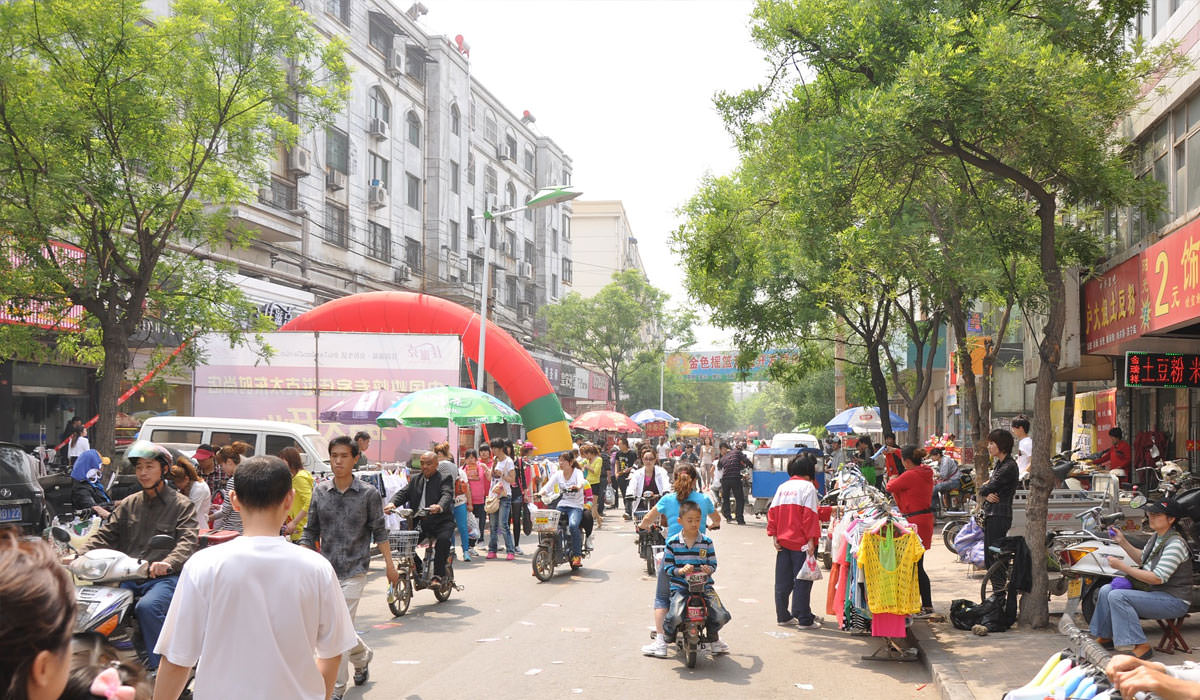Dec 19/18NEWS
India’s Shopping Revolution
With sprawling shopping centres, multi-storied malls and huge complexes that offer shopping, entertainment and food in one convenient location, not only has India’s retail sector changed, its exponential growth is undoubtedly one of the biggest success stories of the last decade.
India’s first shopping centre was only opened at the end of the 1990s and quickly gained a positive consumer response to what was then a new concept. However, since the early 2000s, shopping centre development has exploded, best exemplified by the mall culture rising in Gurgaon from 2003.
India’s middle class is expanding too – fast emerging as a large and prominent sector of the economy, millions of new consumers will join the retail revolution for the first time.
The changing demographics of Asia’s third largest economy (a young, working-class and well-educated population with a growing disposable income) is one of the key drivers of India’s fast-moving and dynamic retail sector, along with the rapid digitization through smartphone and internet penetration.
India is expected to become the world’s third-largest consumer economy with a size of USD 400 billion in consumption by 2025, says Boston Consulting Group. Rapid advancements in digital technology and manufacturing processes have blurred the divide between online and offline retail to create a unique, consolidated retail sector that integrates both physical and digital experiences.
In India, the number of internet users is expected to nearly double to 850 million in five years from 450 in 2017. Of the total, 150 million users are expected to transact digitally and will emerge mainly from tier-2 and 3 cities with diverse language choices, payment modes and products.
The next frontier for the battle in the Indian e-commerce industry is set to be fought around a seamless shopping experience, building digital trust, voice-based or conversational commerce and creating an inventory of localised content
The world of watching India and its shopping revolution. International retail giants such as Amazon, Walmart, Marks and Spencer, Costco and others are all investing in the sprawling subcontinental democracy.
Walmart recently closed a USD 16 billion investment in Flipkart that sees it become the majority owner (with a 77% share) of the Indian e-commerce company. And according to Techcrunch, Walmart plans to use Flipkart as a “key centre of learning” for the rest of its business across the world, and that includes its home market.
“The next frontier for the battle in the Indian e-commerce industry is set to be fought around a seamless shopping experience, building digital trust, voice-based or conversational commerce and creating an inventory of localised content,” said Sandeep Ladda, partner and global technology, media and telecom sector leader at PwC India.
India’s retail sector is gradually inching its way toward becoming the next boom industry.
RELATED ARTICLES






